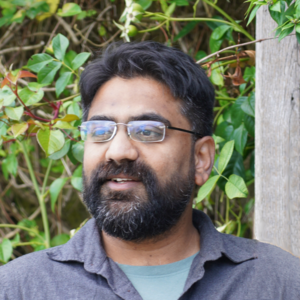Workshop Introduction
Language structure modeling has long been a crucial subfield of natural language processing (NLP) that entails understanding the underlying semantic or syntactic structure of language and texts. Language structures can broadly range from low-level morphological/syntactic types (e.g., dependency structures and phrasal constituent structures) to high-level discourse/semantic structures (e.g., semantic parsing, semantic role labeling, abstract meaning representation), and can even extend to more NLP applications, multi-lingual and multi-modal scenarios in a broader sense, such as information extraction and structured sentiment analysis, etc. In previous days, modeling, inferring, and learning about linguistic structures constituted an indispensable component in many NLP systems and were the key focus of a large proportion of NLP research.
The methodologies and paradigms concerning language structure modeling have always changed dramatically since each deep learning revolution started around a decade ago. In the last two to three years, Large Language Models (LLMs) have emerged, demonstrating unprecedented language understanding and generalization capabilities in effectively addressing a wide range of tasks. This raises a critical question: Is NLP structure modeling still worth exploring in the LLM era? Do the methods and tasks before LLMs still hold value?
On the one hand, we wonder whether previous NLP structure modeling tasks, such as those concerning morphological/syntactic/semantic/discourse structures and high-level structure-aware applications, can achieve even stronger task performance with the powerful capabilities of LLMs.
On the other hand, we are also considering whether it is still necessary to model the underlying structures of language, given that large-scale pretraining on the surface form alone can endow LLMs with extraordinarily powerful language capabilities. In particular, can language structure modeling be beneficial for improving or understanding LLMs?
Thus, this 1st Joint Workshop on Large Language Models and Structure Modeling (XLLM 2025) at ACL 2025 aims to encourage discussions and highlight methods for language structure modeling in the era of LLMs. Specifically, we will explore two main directions: LLM for Structure Modeling (LLM4X) and Structure Modeling for LLM (X4LLM).

















